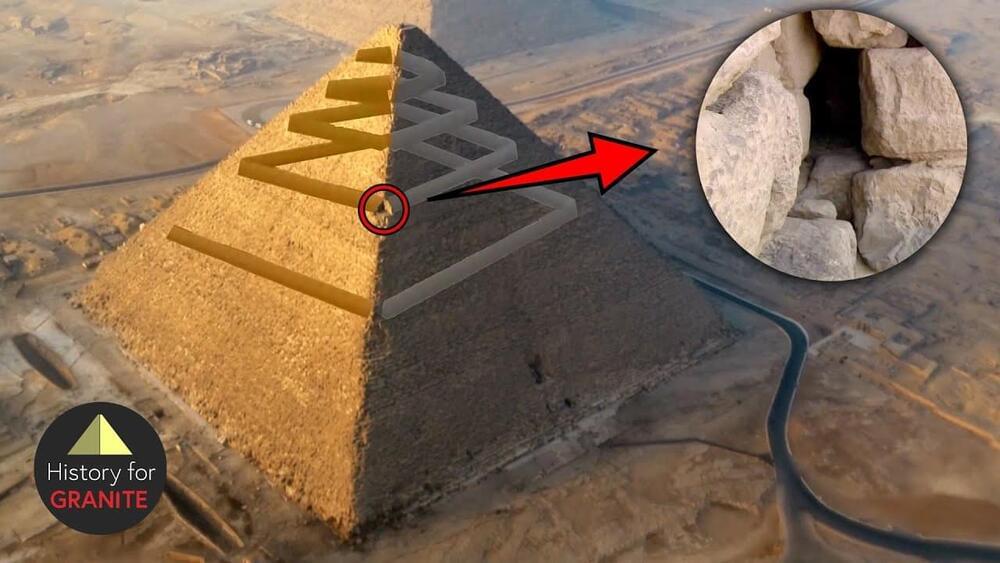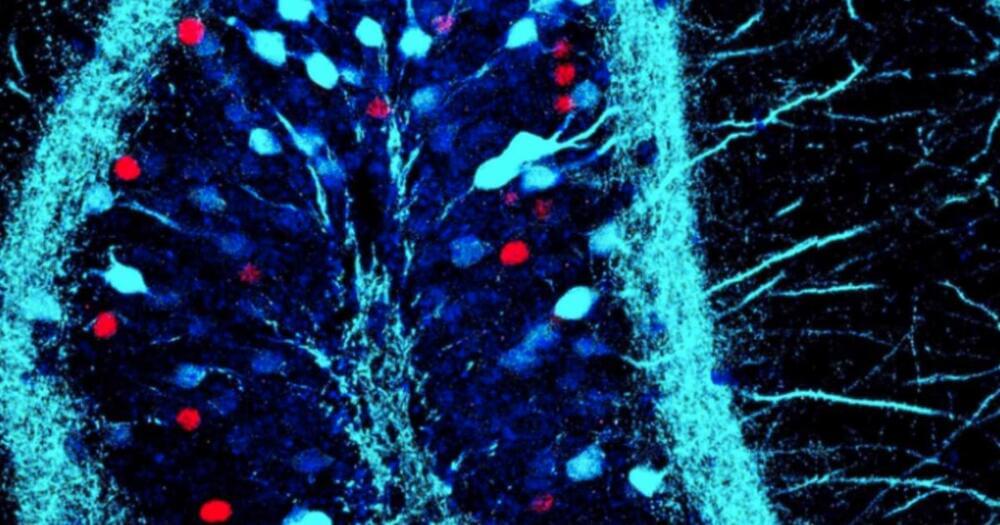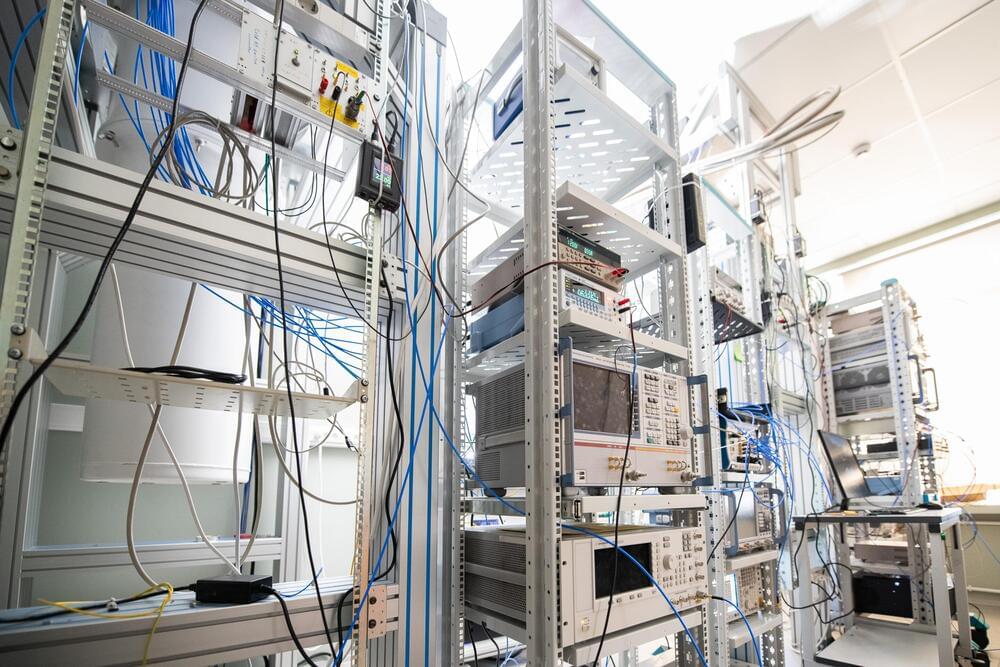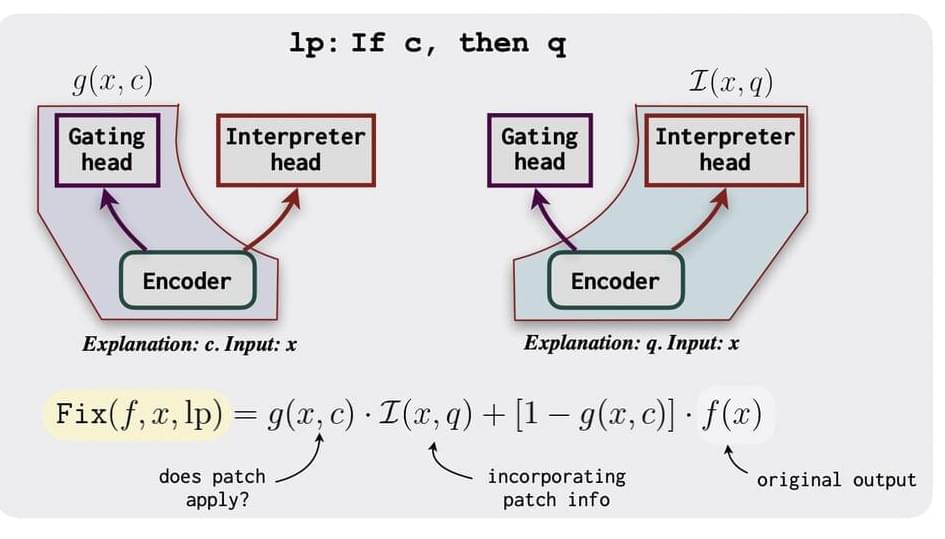The Internal Ramp Theory for the Great Pyramid of Egypt is one of the most interesting ideas ever proposed for its construction. French architect Jean-Pierre Houdin has spent more than 20 years developing and refining this idea.
In October of 2022, Houdin published an update to his theory which reflects the ScanPyramids findings from the past six years. The ScanPyramids ‘Big Void’ is an intriguing clue that Houdin may be correct with his notion of the Grand Gallery being used as a counterweight ramp for the largest pyramid stones.
The ‘Big Void’ may be another Grand Gallery-like space which could be used for the same purpose. Institutional Egyptology remains unreceptive to Houdin’s publications, nor the extremely confident results from the ScanPyramids mission.





